Latest News
Game Demo: Using Voice and Facial Expressions for Interacting with Realistic Avatars
We are collaborating with a cool gaming startup on building a new AI powered game. Have a look at our latest demo that we built for investors. In this AI powered game you can interact with your characters and the game world using your voice and your face. You can animate your own character’s facial expressions in real time through your phone’s camera for other game players to see your real facial expressions on your avatar’s face. When you are away from keyboard, other players can talk with your avatar through personalised conversational AI.
Training Anaesthetists in VR
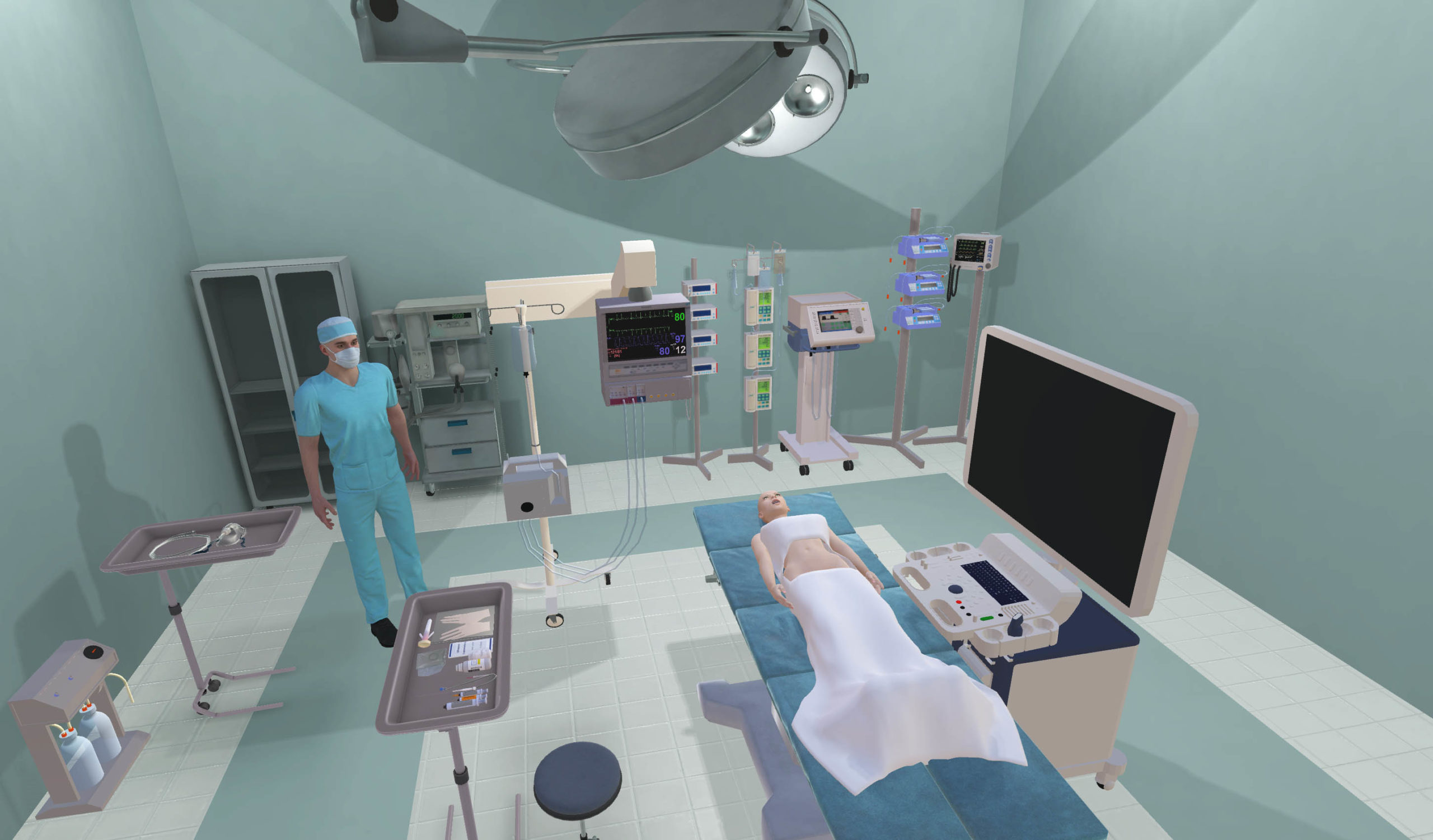
We are developing our in-house virtual reality training simulator for medical interns practicing ultrasound-guided regional anaesthesia (UGRA). UGRA is a type of nerve block procedure performed commonly by critical care doctors such as anaesthetists, emergency medicine physicians, and paramedics. This procedure is complex and requires intense training. It is traditionally taught one-on-one by experts and is performed on simulated models long before attempting the procedure on live patients. Our VR application allows for training this procedure in a simulated environment. The use of virtual reality makes training future doctors performing UGRA safer and more cost efficient than current approaches.
Below is the video showing the current state of the system.
Ugo Money App Released
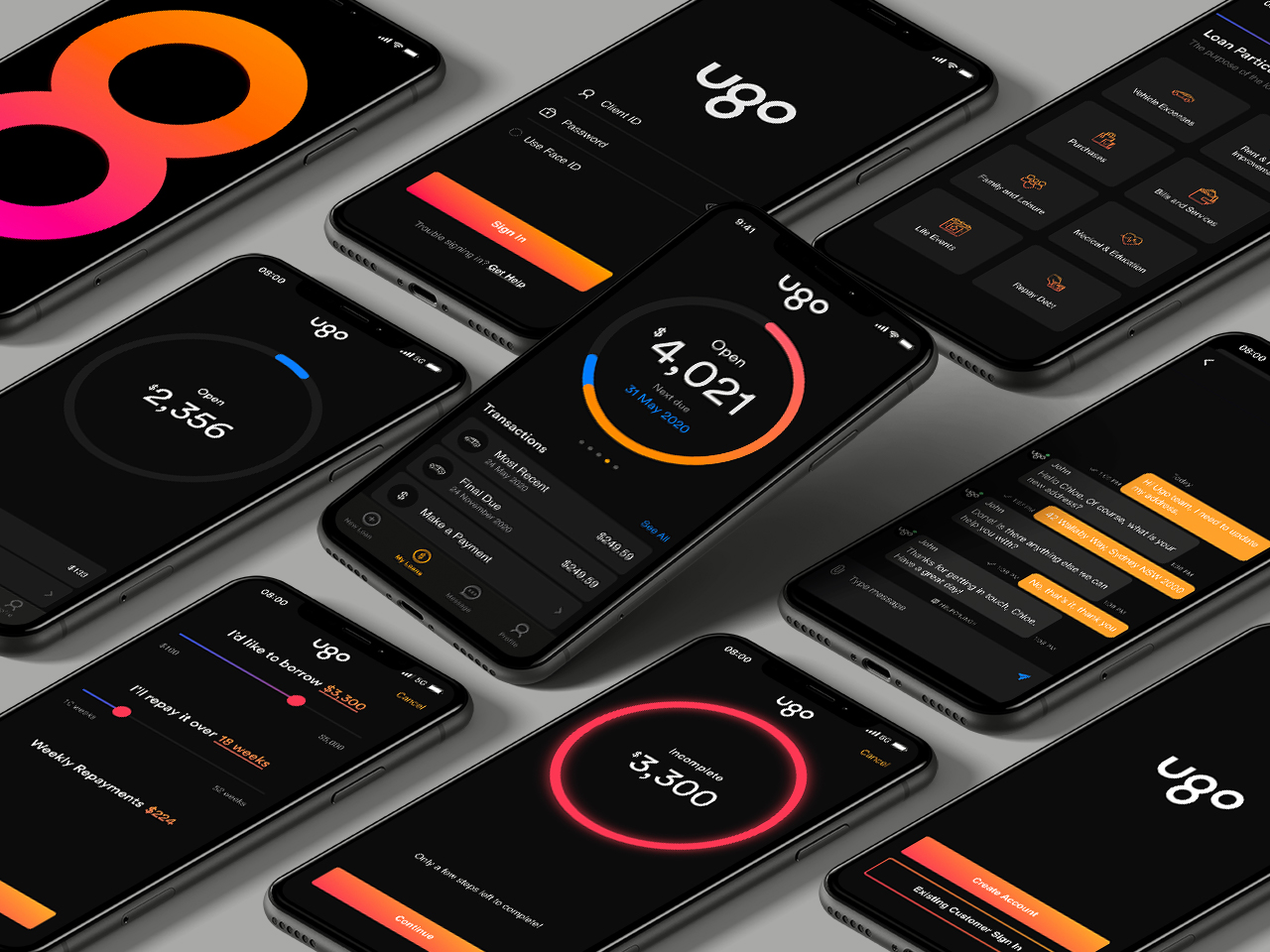
We released another iOS App. This time it’s an App for short term personal loans called Ugo Money. It is now available on the App Store.
Apply instantly for a new loan, check your Ugo accounts and payments and send secure messages now with the latest version of the Ugo App.
ArtOn Lab Wins Visualisation Tender

ArtOn Lab won the NSW Department of Education tender to become an official approved supplier of construction related architectural 3D photorealistic fly through production services for School Infrastructure New South Wales.
BMX Rehabilitation Game
We are building a BMX rehabilitation game for Liverpool Hospital in collaboration with Kai Sakakibara, Australia’s #1 ranked BMX athlete. Kai is currently going through a rehabilitation program in Liverpool Hospital after an injury that he suffered during Olympic qualifiers. You can learn more about Kai’s story here.
The objective of the game is to motivate Kai to push his physical limits during interval training on a gym bike. In the game he is racing against his sister Saya (controlled by AI). Kai’s character is controlled by the data transmitted from the gym bike via Bluetooth.
Progressive Muscle Relaxation in VR
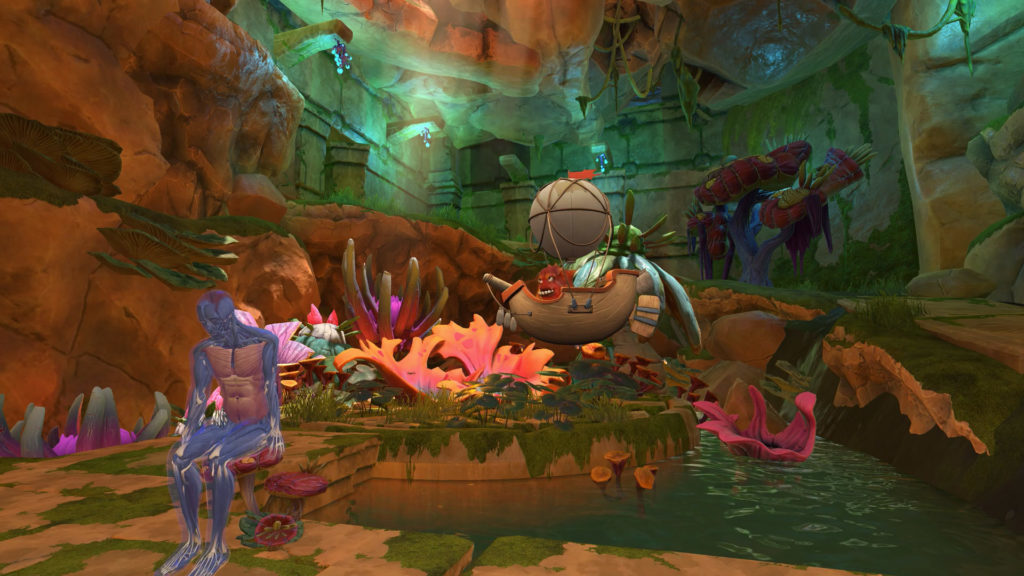
Many patients that suffer from localised pain are often dealing with the situation when their pain is substantially intensified because of the muscles becoming tense in the corresponding region. One technique that is proven to help with easing this muscle tension is Progressive Muscle Relaxation. One type of progressive muscle relaxation involves performing a series of exercises that aim at tensing and releasing all of the muscles in a patient’s body except for those that are causing the pain. After performing these exercises the muscles in the pain region would also relax and the pain would decrease.
Under supervision of medical professionals practicing Progressive Muscle Relaxation we have developed a Virtual Reality prototype that will be tested with patients in the Liverpool Hospital later this month. The prototype features an experience of traveling to the patient’s subconsciousness. A problem to combat in this fantasy world is the pain that is represented as a spiky red character inside a boat attached to a hot air balloon. Patients can wobble the sandbags hanging off the sides of the boat by tensing and relaxing their muscles. After successful completion of each exercise the corresponding sandbag would drop and the boat would be flying higher into the sky. The objective of this mini game is to complete all the exercises and release the pain by sending it all the way up into the sky.
Hopefully, clinical trials at Liverpool Hospital will confirm that using this virtual reality experience may achieve comparable results to an in-person session. If the results of the clinical trials are favourable, patients are able to practice Progressive Muscle Relaxation at home or in a hospital environment without having to travel to a doctor.
Partnership with Colliers
We have initiated a strategic new partnership with Colliers International, one of the largest real estate companies in Australia.
The first project with Colliers involved building a Virtual Reality apartment visualisation. An interesting idea that we explored was adapting the visualisation to each particular client that is experiencing it, allowing real estate agents to better appeal to different types of customers.
Our partners at Colliers were pleasantly surprised by the level of quality that we could produce for them. Many more projects are awaiting their turn to be delivered for Colliers.
Sony Project Presented at Cebit
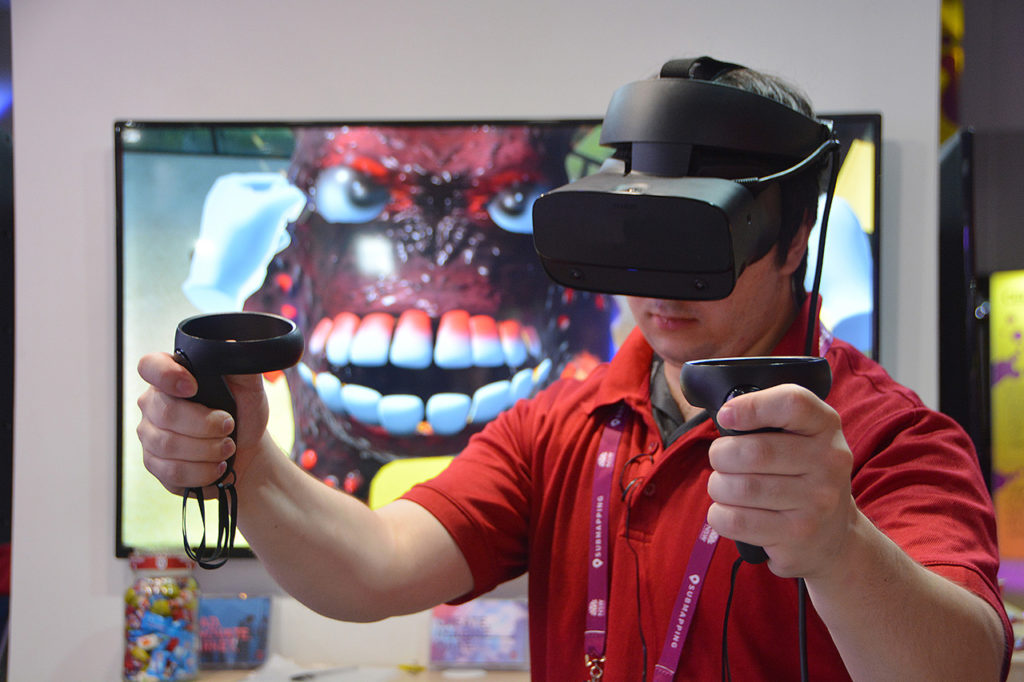
We have completed the development of the Pain Acceptance Module for the Sony project and were proud to demonstrate it at the Cebit Exhibition at Darling Harbour. Cebit is one of the world’s largest technology exhibitions. Our Virtual Reality experience received a lot of attention from visitors, among which we had clinical psychologists practicing similar interventions, as well as chronic pain sufferers.
Over 100 people tried our virtual reality experience. We were pleased to generate so much excitement. Cebit gave us confidence that this project has a lot of potential and we are hopeful that our partners will be able to obtain funding for developing the next phase of the project. In the meanwhile, we are looking forward to the results of clinical trials that are expected to commence in January.
Sony Hires ArtOn Lab
ArtOn Lab has been hired to develop a great VR project for Sony. Under supervision of clinical psychologists from Liverpool Hospital in Sydney we are building a Virtual Reality pain relief solution. You are probably thinking that the idea is to try distracting patients from pain by showing them some fancy VR? No, the project is actually much deeper than this. What we are building is an interactive VR visualization of an actual treatment that our clinical psychologist consultant performs in her daily life. The treatment does work and has been proved effective for cancer patients experiencing chronic pain. The pain would not completely go away as the result of the treatment, but the treatment helps reducing the level of chronic pain and helps patients to manage it better.
What so far has only existed in an imaginary world jointly created by the clinical psychologist and a patient is being transformed into an interactive Virtual Reality game, where the main character is… you guessed it, the main character is the pain. In this game patients learn how to relax and pay less attention to their pain. The prototype closely matches a small part of the actual psychological intervention that Melissa, a clinical psychologist from Melbourne runs with her patients.
After doctors conduct their initial patient trials, our game should hopefully soon become available in a hospital near you. The trials are expected to finish in 2020.
Holoportation Technology
ArtOn Lab is working on the Holoportation technology. Holoportation makes it possible to animate any 3D scanned avatar of a real-world human in real time.
Here is a 360-video featuring a guided tour of Ancient Mesopotamia 5000 B.C. The tour guide in this video, as you might have already guessed, is created with this technique. There are still no facial expressions or finger movements in this video, but we are working on it, so watch this space. We will not disappoint you!
If you have a spare couple of minutes for a quick history lesson, just grab a VR headset or simply watch the video on your desktop computer. We hope you like our short tour. By the way, Ancient Mesopotamia 5000 B.C. is a historical simulation that we built together with academics from Western Sydney University.
Top Secret
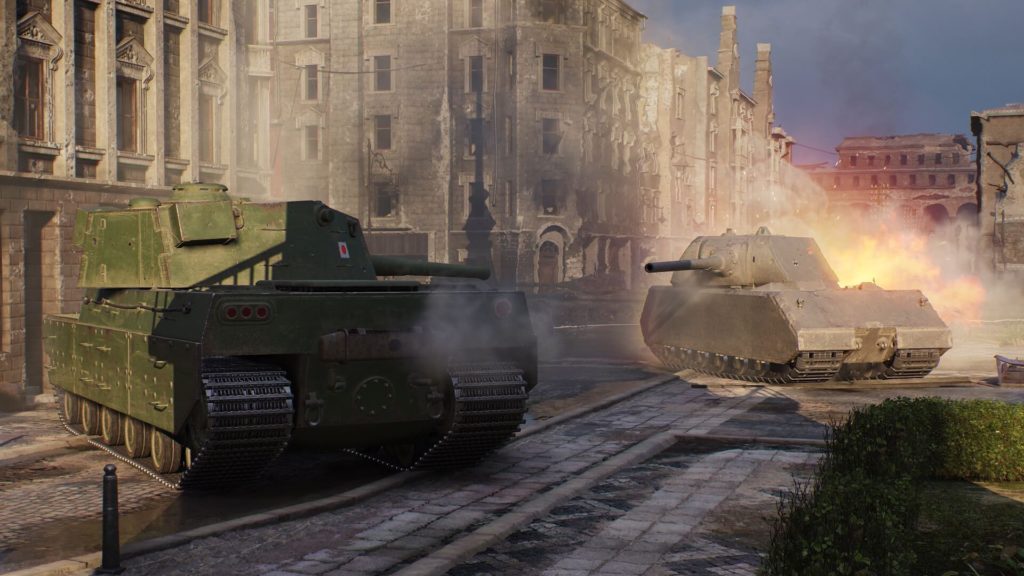
Shhh… Top secret! Some members of our Sydney crew might have been hired by Wargaming on a temporary basis to build some ground-breaking technology for the World of Tanks. Of course, it may just be a rumour. You never know with these gaming companies, they are so secretive. You’ll have to wait and see whether it’s actually true and what kind of cool technology this might be.
La Draga Reconstruction
Another cool project that we have just completed is again a historical reconstruction. This time we have built the entire simulation of an early Neolithic village called La Draga. The project has been funded by one of the major Spanish banks, La Caixa.
This time we worked very close with archaeologists who excavated the Draga site. It was an interesting, fun and passionate process. The first stage of the project was reconstructing the virtual environment. After completed this stage archeologists took a break, published a couple of articles about La Draga with illustrations from our simulation and then arranged a few museum exhibitions throughout Spain, the major of which was at the Archaeological Museum of Catalonia.
Next stage was populating the simulated environments with avatars. This step took a pretty long time, as archeologists had the aim of building one of the most accurate historical reconstructions ever created. They spent months assembling and sorting excavated artefacts, creating personas around those and then drawing detailed pictures of each of the avatars together with concept artists. By that time the funding has ran out, so avatars had to be created by some talented design students from the University of Barcelona. After months and months of discussions and revisions all 35 avatars were finally created.
Our final touch at ArtOn Lab was to polish the avatars a little bit, animate them and place them in the environment. You can see the end result in the above video. Hopefully soon Virtual La Draga will be available in a historical or archaeological museum near you.
Virtual Hazard Perception
We’ve delivered another great project for Western Sydney university. This time it is a proof of concept research prototype intended for interactively teaching hazard perception to young drivers.
Imagine how much more effective your driver training would have been if you could live through all the dangerous things that could happen to you on the road? Would you be more careful with checking your mirrors if every time you start driving there was a cyclist passing next to you? How would you feel about someone leaving the kerb without indicating? What about cars that keep following you in your blind spots? All of this, of course, can be easily simulated in Virtual Reality.
In our proof of concept prototype, we’ve created a virtual car with fully operational mirrors, reconstructed the streets around Western Sydney University’s Parramatta South campus and put some simplistic looking driving companions on the road. Check out the above video showing our prototype at the Cebit exhibition. People quite enjoyed it, but some did get motion sickness. Maybe a vibrating and moving chair could help? Something for us to consider in the future.
Best Demo Video Award
Breaking news! A video featuring our historical reconstruction of Ancient Mesopotamia 5000 B.C. won the Best Demo Video Gala Award at the International Conference of Intelligent Virtual Agents in Los Angeles. Congratulations to our academic colleagues from Western Sydney University, who recorded the video and submitted it to the conference.
Ancient Mesopotamia 5000 B.C. is a historical simulation that we built together with Western Sydney University academics. The simulation is historically accurate to a large extent, but not really 100% accurate. In a way, it is even provocative in its inaccuracy, because, apparently, even the Stanford professor who consulted us doesn’t have all the answers, so it was decided to build a simulation, get it out there and wait for collective wisdom to come back with criticism that can be taken on board in future versions. Additionally, the key goal of this simulation for our clients at Western Sydney University was to demonstrate their ground-breaking Artificial Intelligence technology that makes it possible for a large crowd of different looking avatars to live their complex virtual lives in a simulation. The avatars have physiological needs and desires and satisfy those by eating, sleeping working and exchanging goods. They follow complex social norms of the Mesopotamian society and engage into complex interaction protocols.
The video might not look super smooth, but it features a great project and showcases fantastic AI technology in action. We are proud to have contributed to building this exciting reconstruction.
MyConferenceTrip App Delivered
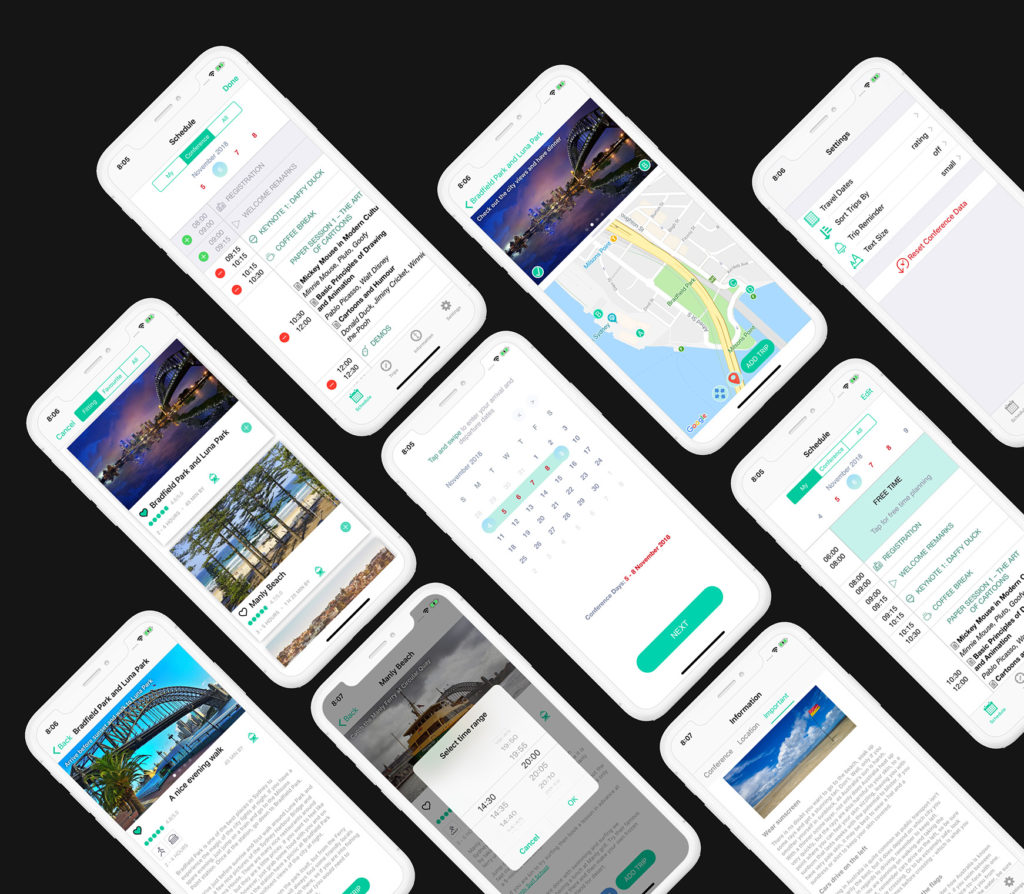
ArtOn Lab has successfully completed MyConferenceTrip App. If you are regular conference, workshop or symposium attendee this App is for you. In addition to the usual functionality of traditional conference Apps it also offers innovative leisure planning features.
Have you ever been to a new city not knowing what to see and what to do? Are you living a busy life with little time left for planning your free time while on business trips? Did you ever wish you knew some locals who would take you off the beaten path leading to popular tourist attractions?
With MyConferenceTrip, you can follow personalised travel advice carefully prepared by your conference organisers. Before hopping on a plane, you can download the entire conference package and examine it offline. While traveling to your destination you can check the conference schedule, read your travel advice and trip descriptions and quickly prepare a personalised travel plan. At your destination, you will be reminded of the trips you have planned and the App will guide you to all the places your conference organisers recommended you to visit. You choose which parts of the suggested trip you like and which recommendations to follow.
One of the key features of MyConferenceTrip is that every little spot your conference organisers wanted you to visit has a picture attached. At any time, you can see this picture on your phone and compare it with your surroundings. But there is more, every such picture is annotated with GPS coordinates, so you can find its precise location on the map and the App will tell you how to navigate there. You would be able to easily find secret spots only locals know about. And the best thing is that you would never have to ask for directions again.
